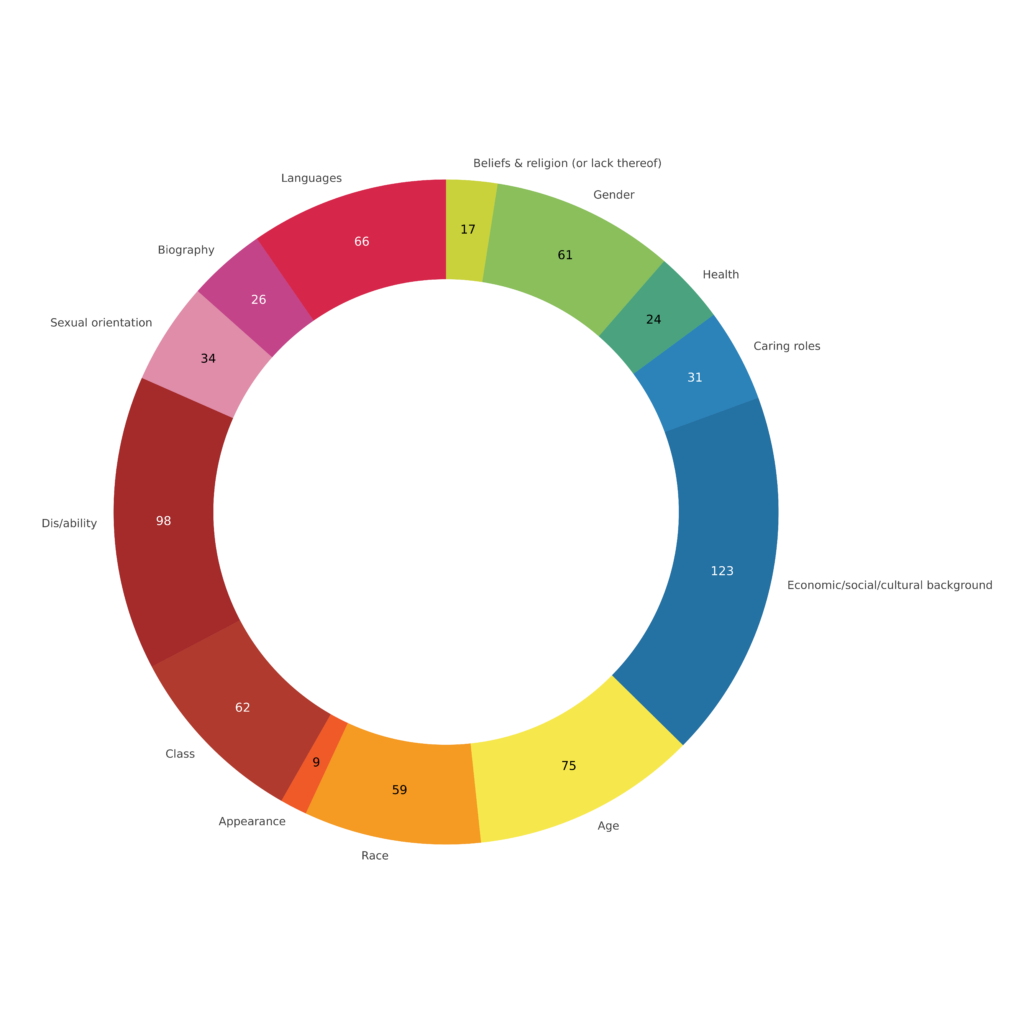What is our aim?
The innovative, modular OpenTextbook “All means All” addresses the growing need to support educators in meeting the challenges of diverse learners in classrooms, schools, and communities. This accessible, interactive, and multimedia textbook for students in Initial Teacher Education covers 58 topics in education aimed at challenging structural disadvantages such as poverty, social class, culture, religion, dis/-ability, and more. Emphasizing the intersectionality of dimensions, the materials examine issues at the group/classroom level, the institution/school level, and the community level.
The project brought together 151 authors—including self-advocates, researchers, and teacher educators—who developed content for Initial Teacher Education across diverse dimensions such as gender, sexual orientation, economic, social & cultural background, class, dis/ability, race, languages, health, age, caring roles, belief & religion (or lack thereof), biography, and appearance. Presented in English with subtitles for videos, texts, and podcasts, this cutting-edge resource is the first of its kind to build a community of educators across Europe and beyond.
Where did participants come from?
This map gives you an overview of the authors’ citizenship countries. The number that you can see when you hover over a country is the number of times in which people from this country were involved in creating chapters.
Which expertise do they have?
This donut chart visualizes the number of contributors with expertise in various diversity dimensions involved in creating the chapters.

